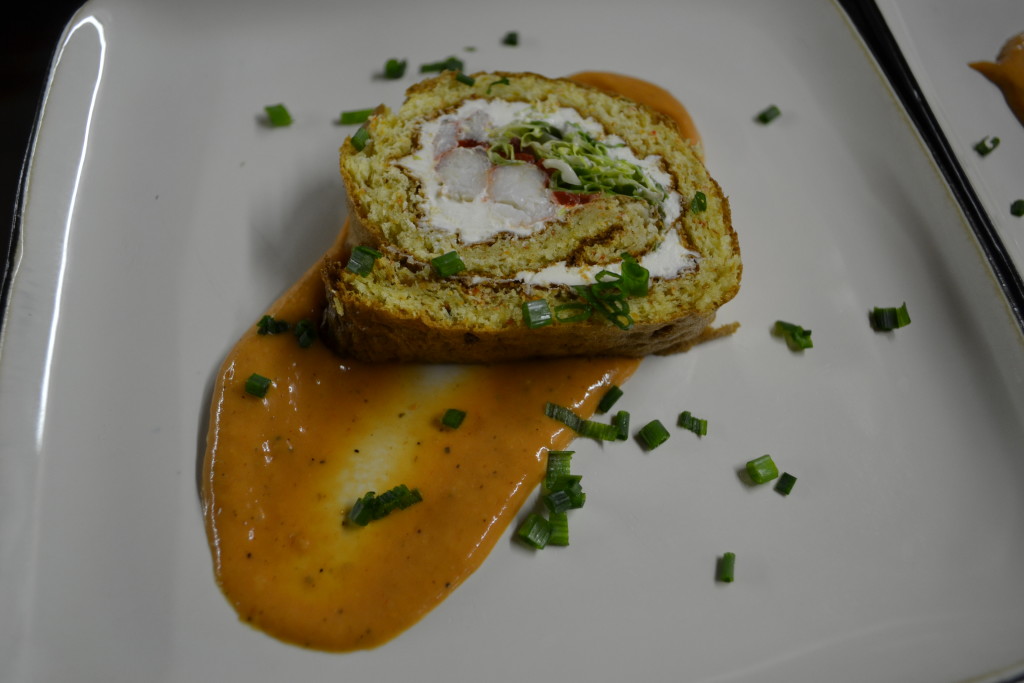On Sunday supplement
Food and Wine
On a purely observational basis as an outsider, it’s pretty clear that Argentines have a sweet tooth, or is that sweet teeth? Some days it seems there is a confectionary on every block in the city, tempting us with pastries, cakes, tarts, cookies, and more. Kiosks and drugstores display rack after rack of candies, cookies and the ubiquitous alfajores.
So it’s not really a surprise to find that, while not topping the charts, Argentina racks up an impressive per capita consumption of sugar – pretty much only coming in behind Brazil and Australia, and more or less tying for third place with Thailand at a bit over a whopping 40 kilos per person annually. Brazil and Australia, just for the record, come in at just over 60 and 50, respectively.
One of the oddest concoctions here for those of us from abroad is the pionono. At its base it’s simply a jelly roll, or Swiss roll, and there’s nothing odd about it when it’s wrapped around pastry cream or chocolate or dulce de leche or… well I could go on. Where it goes off the rails at first blush is when it’s filled with savory ingredients. Common choices are chicken or tuna salad, ham and cheese, cream cheese and olives, and similar sorts of fillings. The striking contrast between the sweet cake and the savory filling is, at first jarring to many who didn’t grow up with the combination.
Now perhaps it shouldn’t be, after all, I grew up in the Midwest of the U.S. where a Monte Cristo sandwich is a popular lunch treat – ham and/or turkey and Swiss cheese layered in bread, dipped in beaten egg, fried, and then served up topped with a fruit compote, maple syrup (our favorite), or powdered sugar. McDonald’s McGriddle breakfast sandwich of egg, bacon, cheese and maple syrup pancakes is a worldwide hit. The French bake Brie “en croute” and top with figs and walnuts. Salted caramel. Candied bacon. It didn’t take long for the savory-sweet combo of a pionono to grow on me, nor on many of my expat friends.
Still, I tend to find the versions at my local casas de comida to be a bit overbearing, often too sweet on the cake and too heavy on the mayo in the filling (the quantitatively impressive use of mayo in South America, particularly at the tables of our neighbors to the west in Chile, is another whole mystery to be explored one day). So, I make my own. While you can buy a premade pionono cake layer in most grocery stores and bakeries these days, why not give a try at one yourself, which also allows you to flavor it as you like?
5 eggs
50 grams sugar
1 tablespoon honey
60 grams 0000 flour
1 tablespoon red pepper flakes (Japanese shichimi is great here too)
In a mixer begin beating the eggs at high speed until they are light and frothy. While the mixture continues to beat slowly pour in the sugar and honey. After about 6-7 minutes you’ll have a stiff, whipped mixture. With a spatula or large spoon, gently mix in the flour and seasoning (feel free to substitute dried herbs or other spices), making sure to get it nice and evenly mixed. One note for celiacs – gluten free flour mixtures, cornstarch, rice flour, and/or mandioca (yuca/tapioca) flour will work fine. The mixture will deflate some, not to worry. Butter or oil a baking sheet (roughly 28cm x 38cm), smooth out the mixture and pop it into a 170°C oven for 7-8 minutes until it’s lightly browned and firm to the touch. Remove, let cool for 2-3 minutes, and then loosen it all around with a spatula and flip out onto a clean kitchen towel. Immediately roll it up in the towel and leave to cool (just helps it hold its shape later on).
When cool, unroll and fill with your choice of savory fillings as mentioned above – one of our favorites is to spread it with softened goat cheese, then scatter thinly sliced endive, roasted red pepper strips, and fresh seafood (cooked) like crab or shrimp. Roll up, chill in the refrigerator, slice, and serve with everyone’s favorite here, salsa golf. Oh, there’s yet another topic for a column.
A series of recipes and articles that I started writing for the Buenos Aires Herald Sunday supplement, Food & Wine section, at the beginning of 2012. My original proposal to them was to take local favorite dishes and classics and lighten them up for modern day sensibilities. We’re not talking spa or diet recipes, but at the very least, making them healthier in content, particularly salt, fat and portion size. As time went by, that morphed into a recipe column that, while emphasizing food that is relatively “good for you”, wasn’t necessarily focused on local cuisine. At the beginning of 2013 I decided to stop writing for them over some administrative issues, but it was fun while it lasted.
